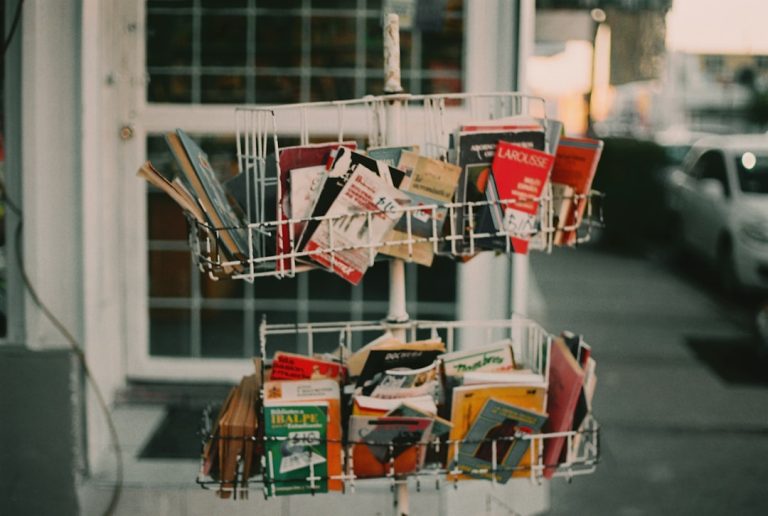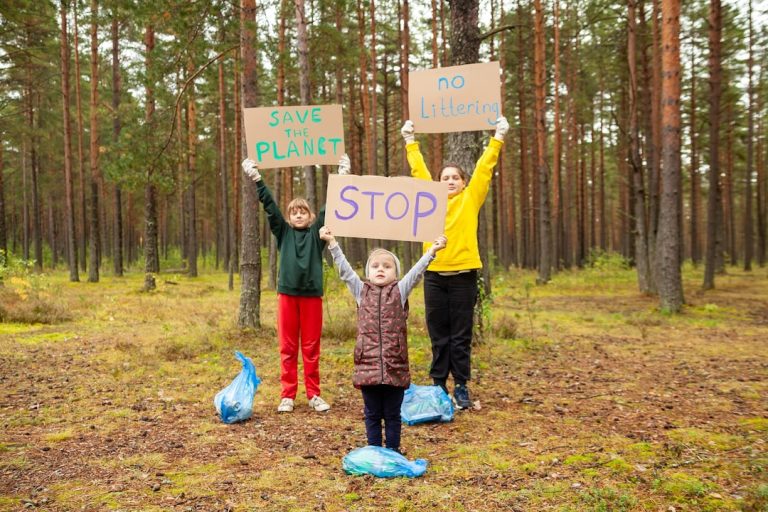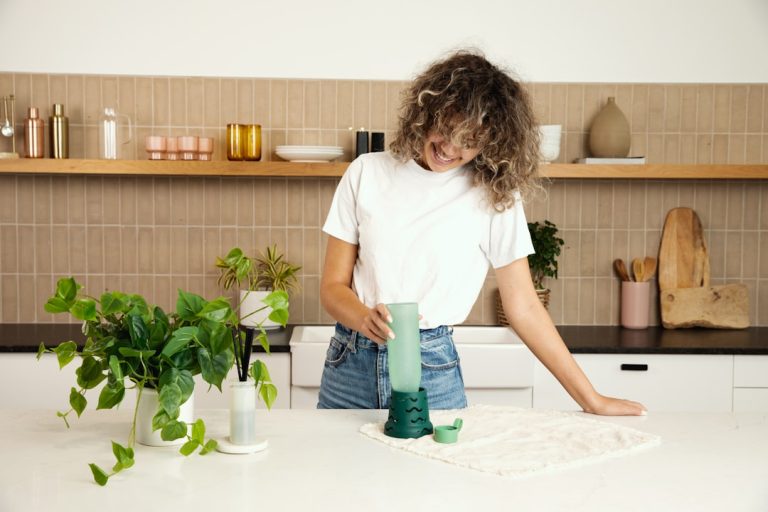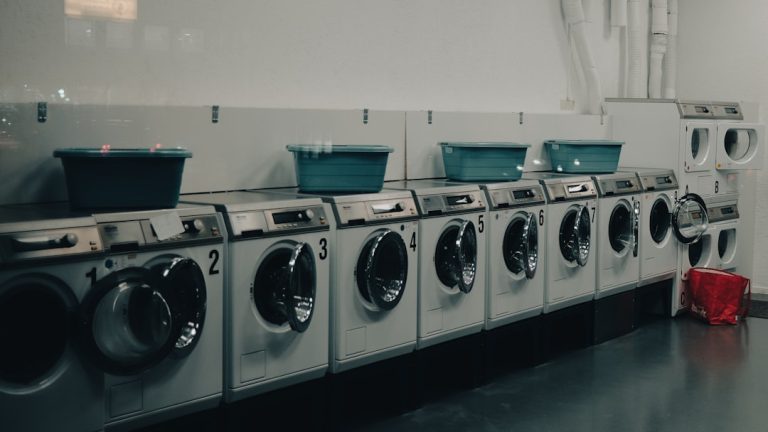How I Replaced Single-use Plastics with Eco-friendly Alternatives (my Journey).
How I Replaced Single-use Plastics with Eco-friendly Alternatives (my Journey)
It started with a single plastic bag. Or rather, the mountain of them under my kitchen sink, overflowing and mocking me every time I opened the cupboard. That moment wasn’t just about tidying; it was a stark, undeniable realization of my personal contribution to a global problem. For years, I’d been aware of plastic pollution, seen the devastating images, and nodded along to environmental documentaries. But seeing my own accumulation, the sheer volume of single-use plastic flowing through my life, hit differently. It wasn’t just “out there” anymore; it was right here, in my home, a tangible representation of my consumption habits. This wasn’t going to be a quick fix or a trendy experiment; it was going to be a journey – my journey – to replace single-use plastics with eco-friendly alternatives, one conscious choice at a time.
The Moment My Eyes Opened: Confronting My Plastic Footprint
My initial motivation wasn’t about becoming a “zero-waste guru” overnight. It was simpler, more visceral: I felt a growing unease about the sheer amount of waste I was producing, particularly items used for mere minutes before being discarded. The overflowing bin, the endless stream of packaging, the guilt accompanying every plastic-wrapped purchase – it all culminated in a quiet resolution. I decided to start by observing. For one week, I mentally (and sometimes physically) tracked every single-use plastic item that entered my home. The results were sobering: plastic produce bags, sandwich baggies, cling wrap, detergent bottles, shampoo bottles, coffee cups, cutlery from takeout, snack wrappers. It was pervasive, deeply embedded in almost every aspect of my daily routine.
This observation phase was crucial. It wasn’t about judgment, but about awareness. It helped me identify the biggest culprits and, consequently, the areas where I could make the most impactful changes first. I realized that the kitchen and bathroom were my primary battlegrounds, followed closely by my on-the-go habits. This wasn’t just about swapping one item for another; it was about shifting my mindset, questioning convenience, and embracing a more mindful approach to consumption. The journey began not with grand gestures, but with a humble inventory of my plastic reality, fueled by a desire to contribute positively to a healthier planet. I knew it wouldn’t be easy, but the alternative – continuing to ignore the problem – felt far worse.
Starting Small: My First Forays into a Plastic-Free Kitchen
The kitchen felt like the logical place to begin, given the sheer volume of single-use plastics I’d identified there. It was overwhelming at first, but I adopted a “one thing at a time” philosophy. My first target: plastic grocery bags. This was an easy win. I invested in a few sturdy, washable canvas bags and kept them by the door, or even in my car, so I’d never forget. It sounds simple, but that small habit shift felt like a monumental first step. Next came produce bags. Instead of grabbing the thin plastic ones at the store, I bought a set of mesh, reusable produce bags. Not only did they eliminate plastic, but they also kept my fruits and vegetables fresher for longer.
Food storage was another big hurdle. I gradually phased out plastic cling wrap and sandwich baggies. For covering bowls, I discovered beeswax wraps – they’re washable, reusable, and smell faintly of honey. For leftovers and packed lunches, I swapped plastic containers for glass ones. They’re more durable, don’t stain, and can go from fridge to oven. I also started buying more items in bulk: nuts, grains, pasta, and even some cleaning supplies. This required bringing my own jars and cloth bags to the store, which felt a little strange at first, but quickly became second nature. It wasn’t just about reducing plastic; it was about buying exactly what I needed, reducing food waste, and often saving money in the long run. This phase of my journey taught me that small, consistent changes truly add up, and that alternatives are often more functional and aesthetic than their plastic counterparts.
From Pantry to Plate: Embracing Refills and Bulk Buys
As my confidence grew, I started looking for bigger ways to reduce plastic in my kitchen. I sought out local stores that offered refill stations for things like olive oil, vinegar, and even liquid hand soap. This dramatically cut down on bottle waste. For cleaning products, I began making my own all-purpose cleaner using white vinegar, baking soda, and essential oils, stored in a reusable spray bottle. This not only eliminated plastic but also ensured I was using non-toxic ingredients in my home. I also started scrutinizing my packaged goods. Could I buy yogurt in a large tub instead of individual servings? Could I choose pasta in a cardboard box over a plastic bag? These questions became an integral part of my shopping routine, guiding me towards more sustainable choices and away from unnecessary plastic packaging.

Beyond the Pantry: Transforming My Bathroom and Personal Care Routine
After the kitchen, the bathroom presented its own set of plastic challenges. Shampoo bottles, conditioner bottles, liquid soap dispensers, toothbrushes, toothpaste tubes – the list seemed endless. This area felt more personal, as it involved products directly applied to my body. My first step was switching to solid shampoo and conditioner bars. They come in minimal packaging (often just paper) and last surprisingly long. The initial adjustment period was brief, and I quickly grew to love how clean and light my hair felt.
Next, I replaced my plastic toothbrush with a bamboo one. It’s a small change, but toothbrushes are a notorious source of plastic waste. For toothpaste, I experimented with toothpaste tablets and eventually settled on a brand that comes in a glass jar. My liquid hand soap was replaced with solid soap bars, often bought unpackaged from local artisans. Even my razor got an upgrade to a safety razor with reusable blades, a decision that felt empowering and much more sustainable. This phase required a bit more research and a willingness to try new products, but the results were incredibly satisfying. It wasn’t just about reducing plastic; it was about discovering higher-quality, often more natural alternatives that felt better to use.
Rethinking Everyday Essentials: From Floss to Face Wash
The deeper I went, the more single-use plastics I found to replace. Dental floss, often nylon in a plastic dispenser, was swapped for silk floss in a refillable glass container. Cotton swabs with plastic stems were replaced with bamboo-stemmed versions. For facial cleansing, I switched from bottled cleansers to solid cleansing bars or even just a simple reusable cloth with water. These micro-changes, though seemingly insignificant on their own, collectively made a huge difference in my bathroom waste bin. It taught me that almost every daily essential has an eco-friendly counterpart, often waiting to be discovered with a little curiosity and research. I realized that embracing these alternatives wasn’t about deprivation, but about upgrading to more thoughtful, often more luxurious, products.
Navigating Life Outside: Staying Plastic-Conscious On the Go
My home was transforming, but what about life beyond its walls? Single-use plastics are everywhere when you’re out and about. My first and easiest change was always carrying a reusable water bottle. This eliminated countless plastic bottles from my life. Next, a reusable coffee cup became my constant companion. Most coffee shops even offer a small discount for bringing your own, an added bonus!
Takeout food was a bigger challenge. While not always avoidable, I started making conscious choices. If I knew I’d be getting takeout, I’d sometimes bring my own container (though not all establishments allow this for health reasons, so always ask first). When that wasn’t possible, I’d request “no plastic cutlery” and “no plastic bags.” It’s a small ask, but it makes a difference. I also made a habit of always having a small, foldable shopping bag in my purse or backpack, ensuring I was never caught without one at the grocery store or while shopping. Even little things, like declining plastic straws at restaurants, became second nature. This phase of my journey highlighted the importance of preparedness and speaking up. Every “no thank you” to a plastic item felt like a small victory, reinforcing my commitment to a plastic-free lifestyle.
Unexpected Discoveries and Overcoming Setbacks on My Path
My journey hasn’t been without its bumps. There were times I forgot my reusable bags, or found myself in a situation where plastic was unavoidable. Initially, these moments brought a wave of guilt. But I quickly learned that perfection isn’t the goal; progress is. Instead of letting setbacks derail me, I used them as learning opportunities. I realized that it’s okay to make mistakes, and the important thing is to keep trying and adapting.
One unexpected discovery was the joy of simplifying. As I decluttered my life of single-use plastics, I also found myself decluttering other areas. My home felt less cluttered, my shopping became more intentional, and I felt a deeper connection to the products I chose. Another pleasant surprise was the community aspect. Sharing my journey with friends and family often sparked conversations, and sometimes, even inspired them to make changes in their own lives. I started finding local guide to zero-waste living groups and online forums where I could exchange tips and find support, transforming a personal mission into a shared endeavor.
Embracing Progress, Not Perfection: Lessons Learned
The biggest lesson I’ve learned is that this journey is continuous. There will always be new products, new challenges, and new opportunities to reduce my impact. It’s about being mindful, making the best choices I can, and not letting the pursuit of perfection overshadow the value of consistent






